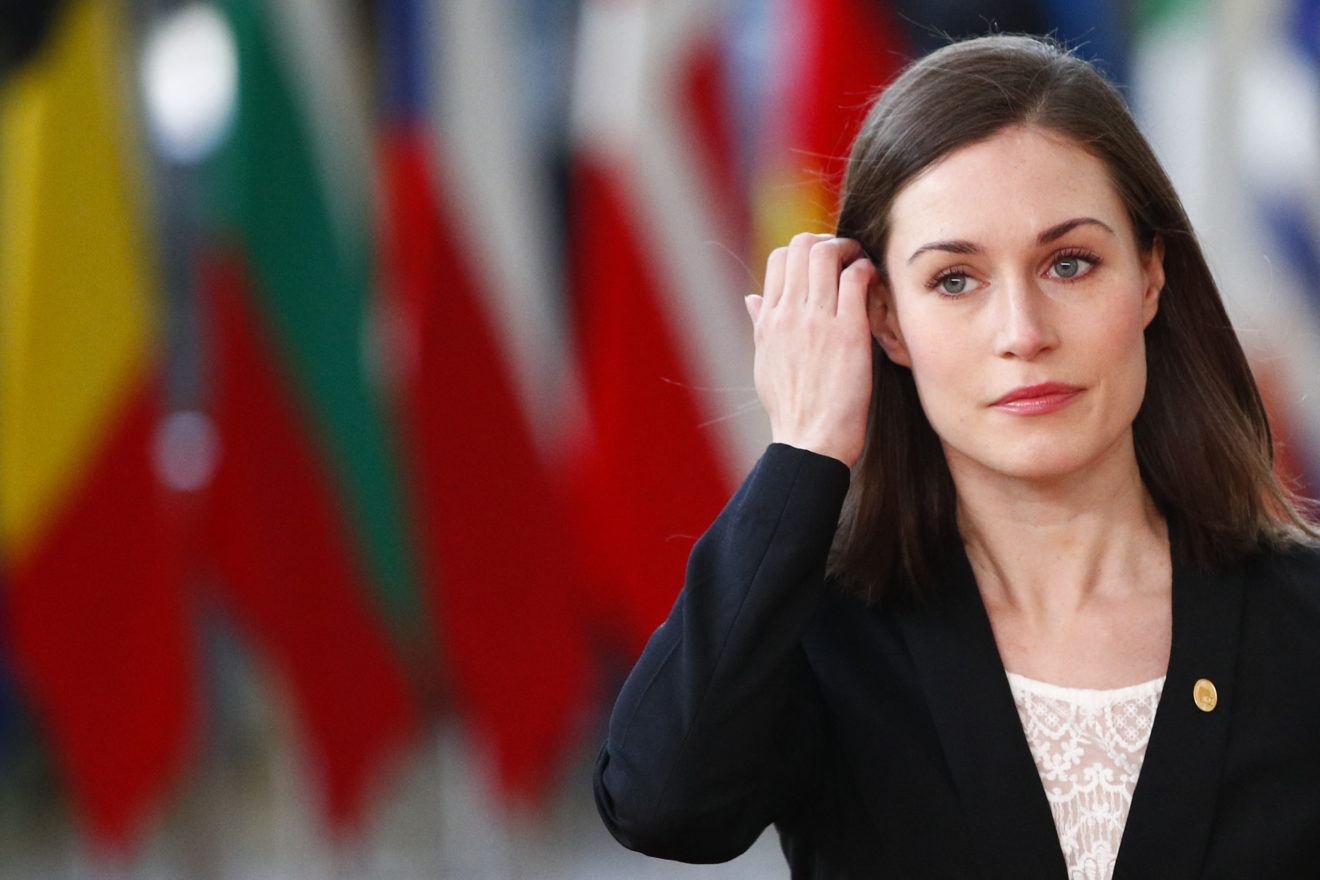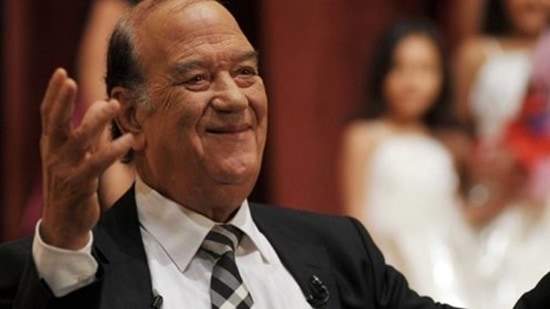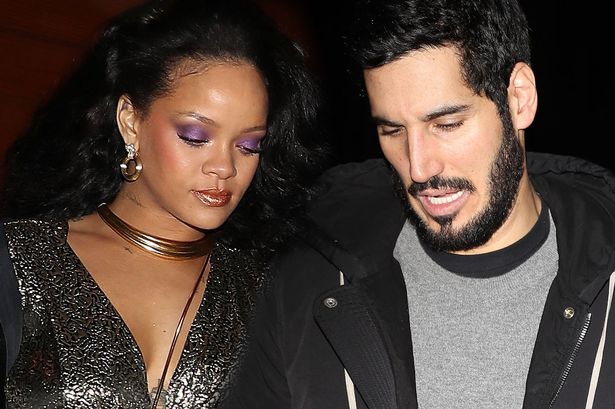Anne Boleyn, a queen who was executed by her husband because she did not give birth to males
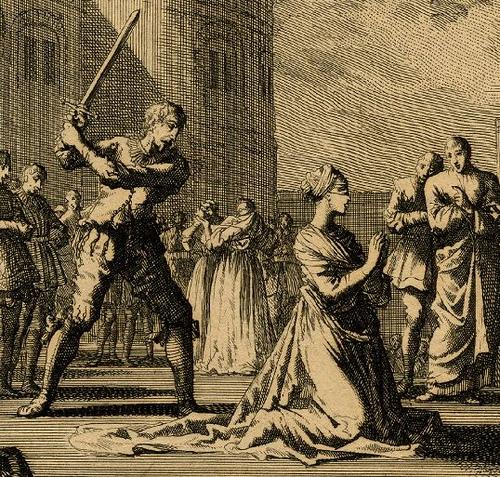
Anne Boleyn. Pope Clement VII refused to accept his divorce from his ex-wife Catherine of Aragon and to allow him to marry Pauline.
Meanwhile, Henry VIII of Aragon's divorce came due to his lack of a male heir to the throne. The King of England blamed his wife for expediting her divorce proceedings in 1533 and marrying Pauline, a woman of the palace, whom he saw as the ideal wife capable of giving him an heir to the throne. .
In September of the same year, the royal couple gave birth to a baby girl of the same gender. Because of this, Henry VIII grieved and disappointed in obtaining the long-awaited heir to the throne. In return, the King of England promised to take care of his daughter in the hope of having another baby of the male sex during the next birth
Over the course of about 3 years, Pauline gave birth to two stillborn babies, while the third time, she miscarried. The marital relationship between Henry VIII and Pauline had deteriorated visibly by 1536.
In January 1536, the same month that saw the death of his ex-wife Catherine, Pauline gave birth to a male stillborn baby. Upon hearing this news, Henry VIII became enraged to once again hold his wife responsible for not giving him an heir. Simultaneously, Pauline lost her standing with the King, who soon turned his sights on another woman known as Jane Seymour.
During the following period, Henry VIII persuaded himself to use black magic by his wife, Anne Boleyn, to gain his attention. As word spread of the deteriorating relationship between the royal couple, Pauline's opponents set out to frame her by collecting some false evidence to get rid of her and end her life.
Meanwhile, Mark Smeaton, who was a palace employee, made a dangerous confession under torture, according to most historians, and soon overthrew the queen, declaring that he had a secret relationship with Anne Boleyn.
Arrests also followed in the following period, as the king ordered the imprisonment of George Boleyn, Anne's brother, and Viscount Rochford, in addition to three other men, including Henry Norris, who was considered a close friend of King Henry VIII.
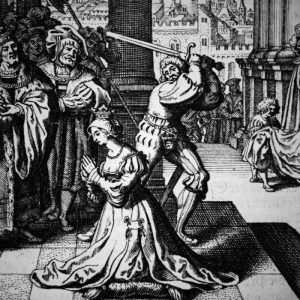
Simultaneously, Anne Boleyn was arrested on May 2, 1536, and initially held at Greenwich, before being taken to the Tower of London. In the following days, she faced a number of serious charges such as adultery and incest, the same accusation leveled against her brother George, and conspiracy against the king in a trial that historians questioned its credibility.
During a trial that took place on May 12 of the same year, the judiciary sentenced 4 defendants, including Henry Norris and Mark Smeaton, to death by beheading.
About 3 days later, Anne Boleyn, accompanied by her brother George, appeared in court in the Tower of London. According to several historians, the Duke of Norfolk, Thomas Howard, who was close to the accused, led the trial.
Later, the judiciary sentenced the two brothers to death by beheading them with an axe. However, following the intervention of the king, the instrument of execution was changed to Anne Boleyn, as Henry VIII preferred to be executed with a sword rather than an ax.
Following the execution of the five accused men on May 17, 1536, two days later, on May 19, XNUMX, Anne Boleyn's turn came.
Before her execution, she announced her compliance with the decision of the judiciary that ordered her death. After taking off her veil and her necklace, she kneeled down in front of a few attendees, after which the executioner's sword, nicknamed Calais's executioner, fell on her neck and separated her head from her body.

